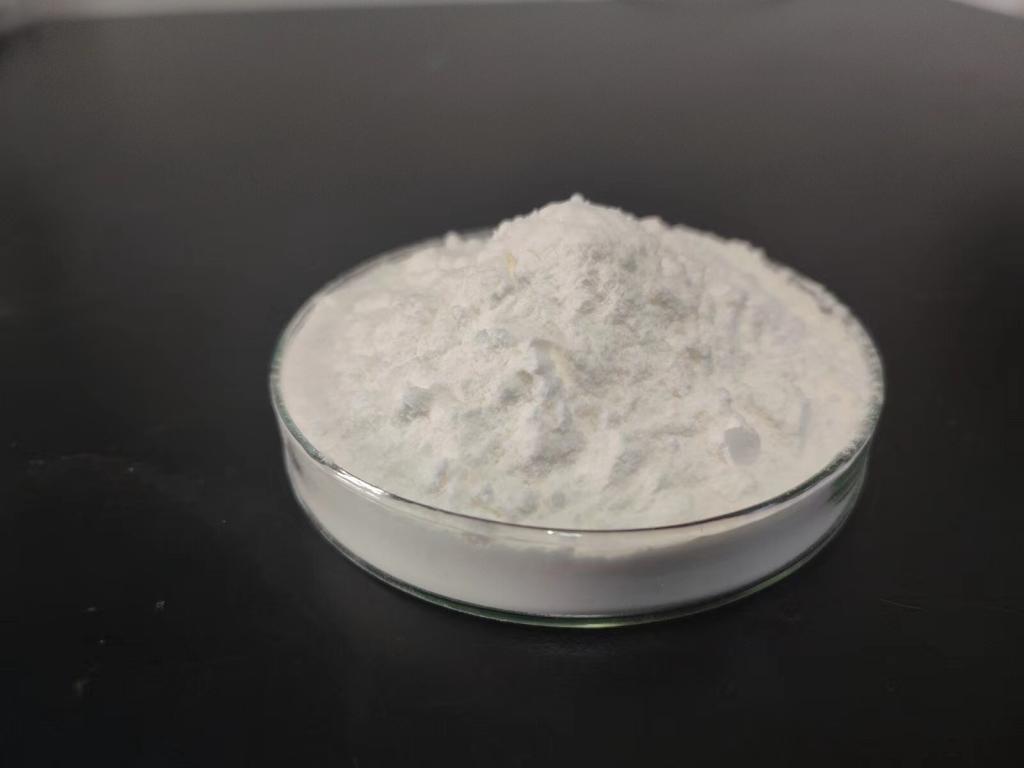Tel:+8618231198596

News
 CONTACT
CONTACT
 CONTACT
CONTACT
- Linkman:Linda Yao
- Tel: +8618231198596
- Email:linda.yao@dcpharma.cn
- Linkman:CHARLES.WANG
- Department:Overseas
- Tel: 0086 0311-85537378 0086 0311-85539701
News
Current Position:
Home >
News
>ε-Polylysine hydrochloride: Exploring its potential in dairy products.
ε-Polylysine hydrochloride: Exploring its potential in dairy products.
TIME:2024-04-26
1. Antimicrobial Activity of ε-Polylysine Hydrochloride
ε-Polylysine hydrochloride is a cationic polypeptide composed of multiple lysine residues linked by peptide bonds. It exhibits broad-spectrum antimicrobial activity against a wide range of Gram-positive and Gram-negative bacteria, as well as yeasts and molds. Its mechanism of action involves disrupting microbial cell membranes, leading to cell lysis and inhibition of growth. ε-Polylysine hydrochloride's effectiveness against spoilage microorganisms makes it an attractive option for preserving the freshness and safety of dairy products.
2. Application Methods
a. Direct Addition: ε-Polylysine hydrochloride can be directly added to dairy products during processing or incorporated into the formulation to inhibit microbial growth. This approach ensures uniform distribution of the antimicrobial agent throughout the product and allows for precise control of its concentration to achieve the desired effect.
b. Surface Treatment: ε-Polylysine hydrochloride can be applied as a surface treatment to dairy products, such as cheese or yogurt, to prevent surface contamination and extend shelf life. Surface application methods include spraying, dipping, or coating the product with ε-Polylysine hydrochloride-containing solutions or films.
c. Packaging Incorporation: ε-Polylysine hydrochloride can be incorporated into packaging materials, such as films or coatings, to provide active antimicrobial protection against microbial contamination during storage and distribution. Packaging incorporation offers a convenient and effective way to maintain the freshness and safety of dairy products throughout their shelf life.
3. Regulatory Considerations
In many countries, ε-Polylysine hydrochloride is approved for use as a food additive, with established maximum residue limits (MRLs) and safety assessments conducted by regulatory authorities. However, there may be specific regulations and guidelines governing the use of ε-Polylysine hydrochloride in dairy products, particularly in terms of allowable concentrations and labeling requirements. Compliance with regulatory standards is essential to ensure the safety and legality of ε-Polylysine hydrochloride-treated dairy products.
4. Future Directions
a. Combination Approaches: Combining ε-Polylysine hydrochloride with other antimicrobial agents or processing technologies, such as high-pressure processing or pulsed electric field treatment, may enhance its effectiveness in controlling microbial spoilage in dairy products.
b. Nanotechnology: Utilizing nanotechnology-based delivery systems, such as nanoemulsions or nanoparticles, can improve the stability and efficacy of ε-Polylysine hydrochloride in dairy products, allowing for controlled release and prolonged antimicrobial activity.
c. Consumer Perception: Educating consumers about the safety and benefits of ε-Polylysine hydrochloride-treated dairy products is essential for promoting acceptance and adoption. Clear labeling and transparent communication about the use of ε-Polylysine hydrochloride can help build trust and confidence among consumers.
Conclusion
ε-Polylysine hydrochloride offers significant potential for mitigating microbial spoilage in dairy products by inhibiting the growth of spoilage microorganisms. Its broad-spectrum antimicrobial activity, diverse application methods, and regulatory approval make it a valuable tool for dairy producers seeking to improve the safety and quality of their products. Continued research and innovation in this area will further advance the use of ε-Polylysine hydrochloride as a safe and effective antimicrobial agent, ensuring the continued availability of fresh and safe dairy products for consumers around the world.
- Tel:+8618231198596
- Whatsapp:18231198596
- Chat With Skype







